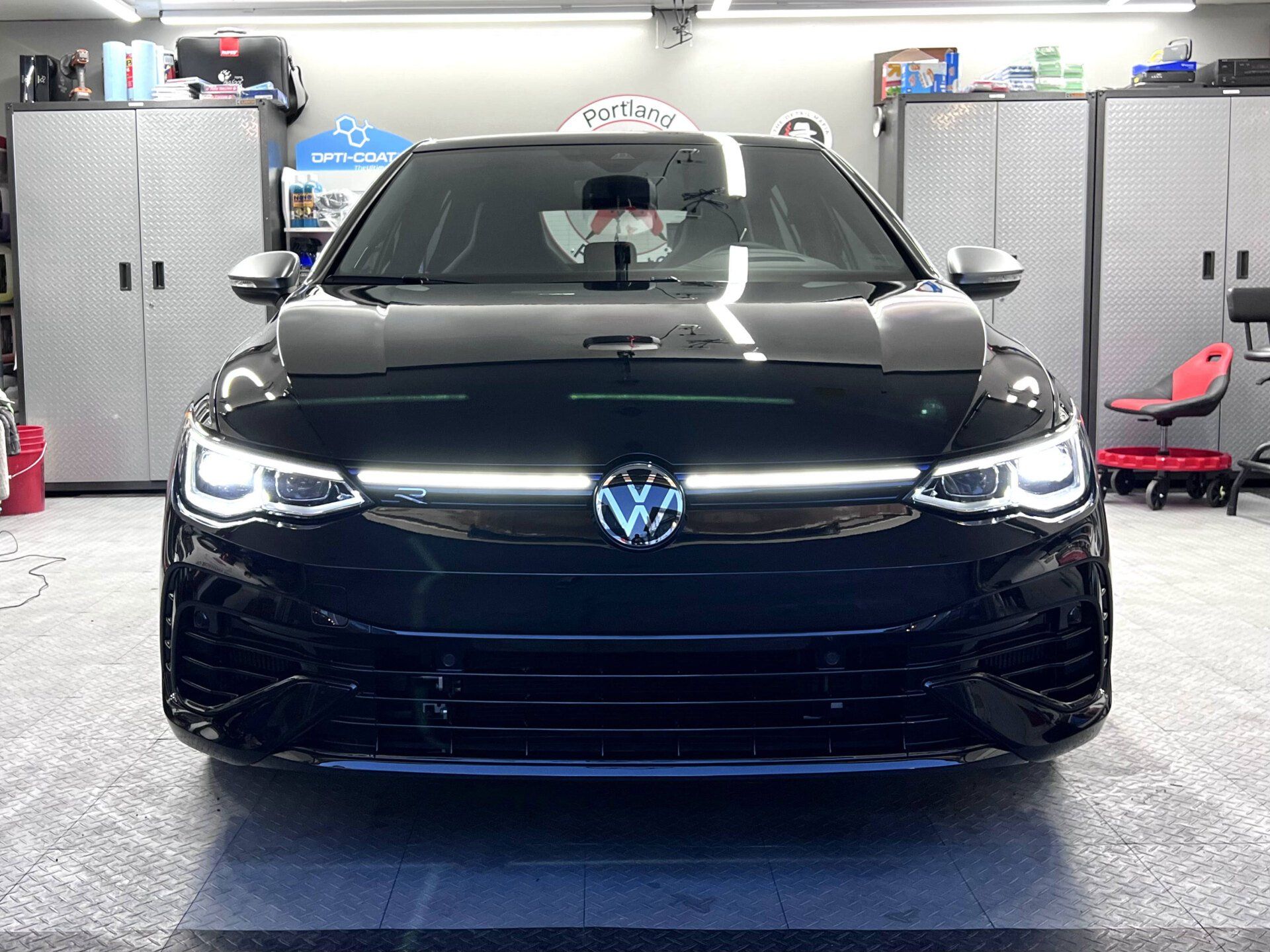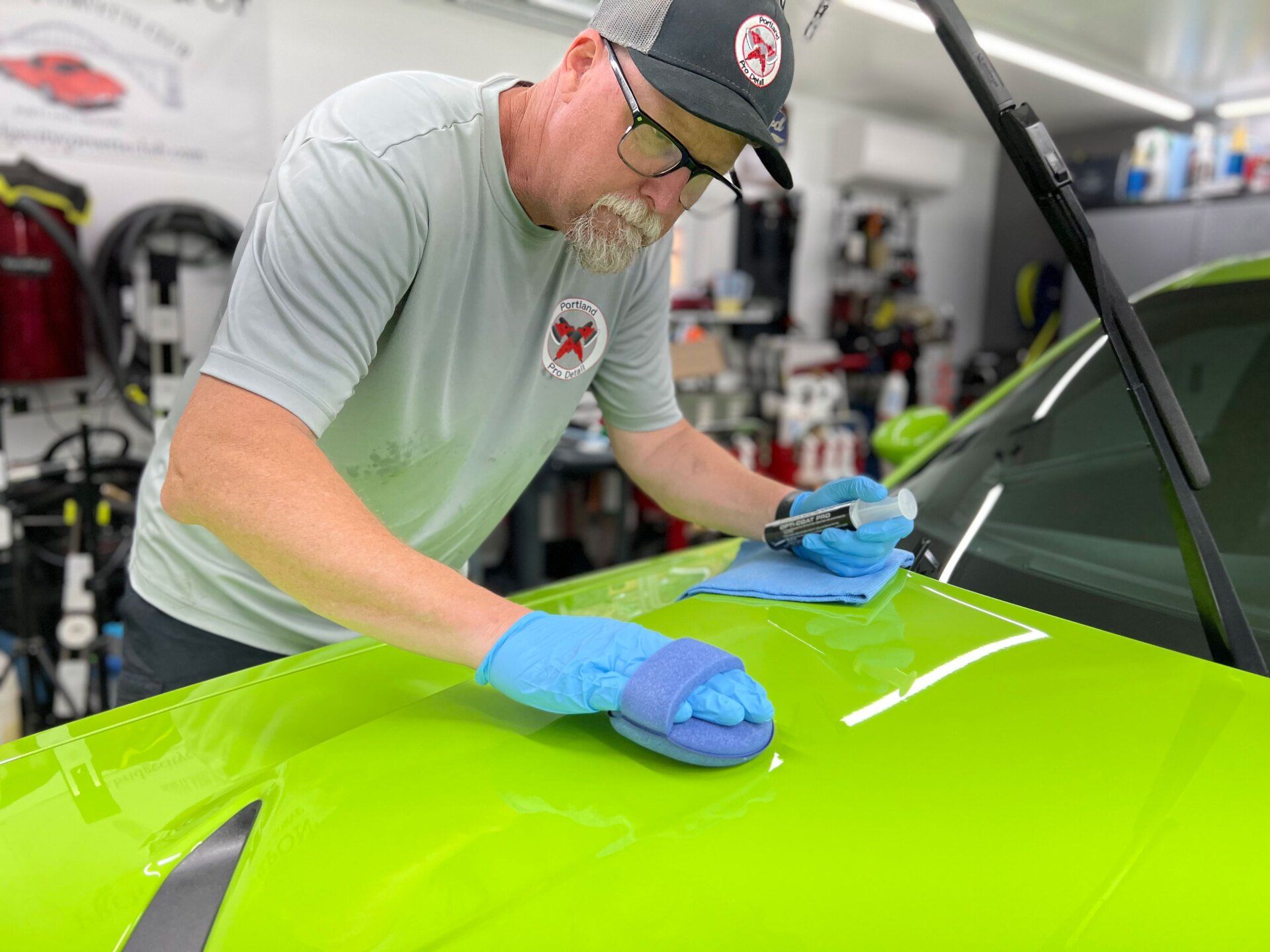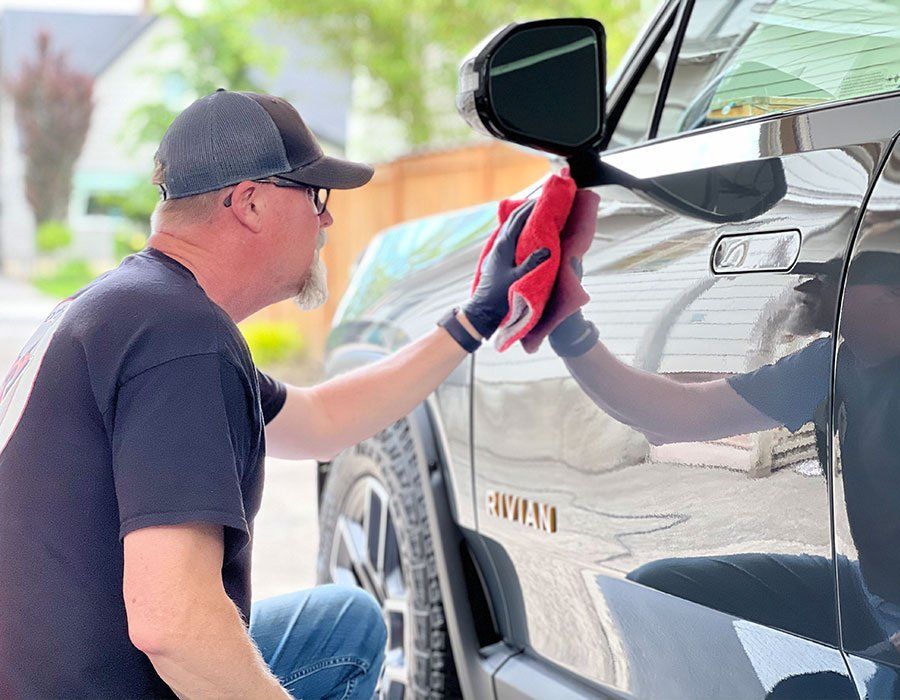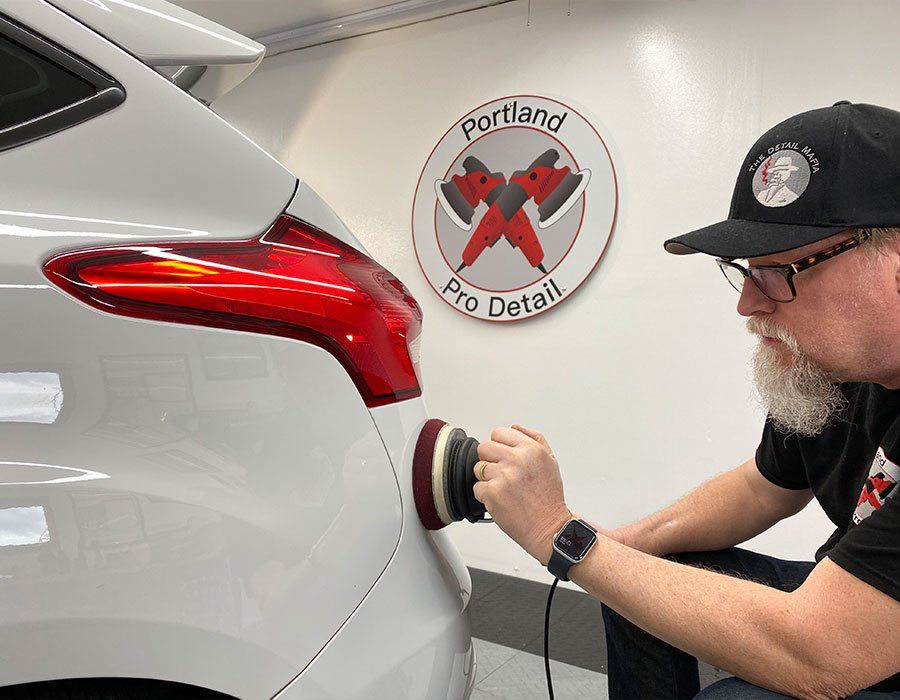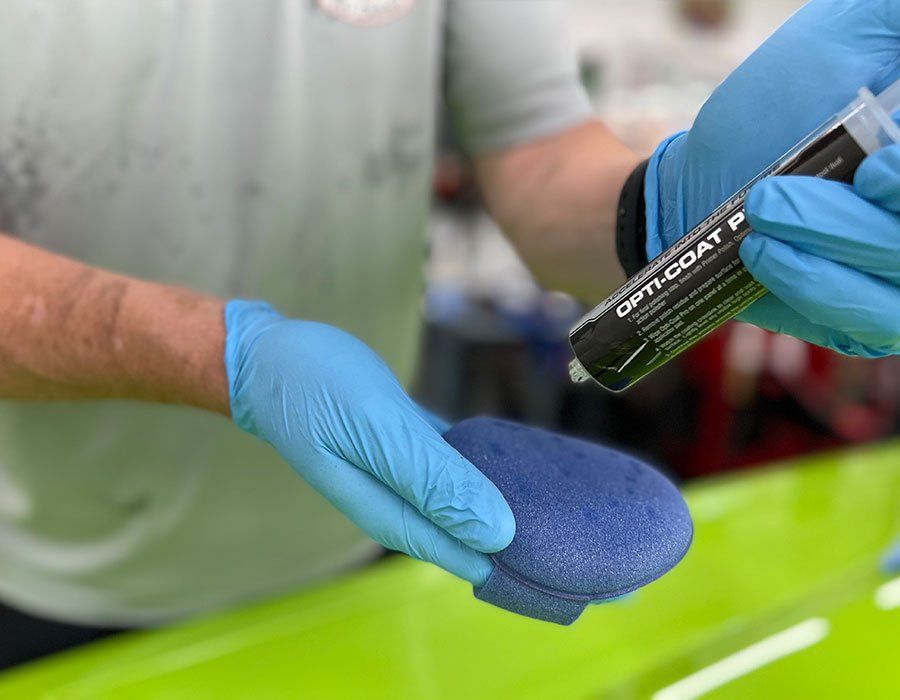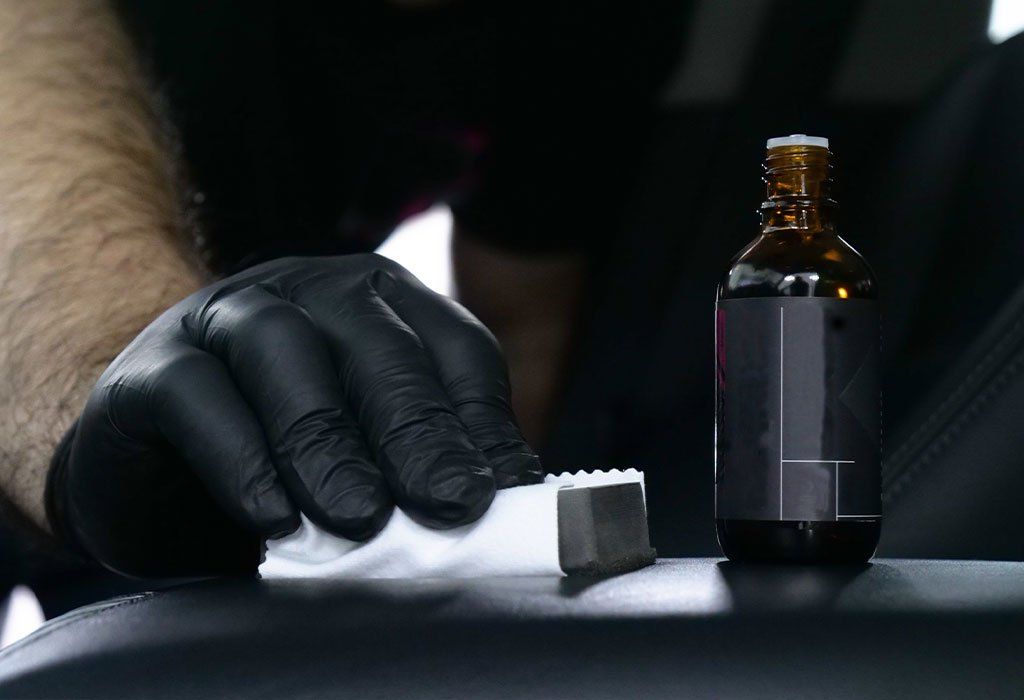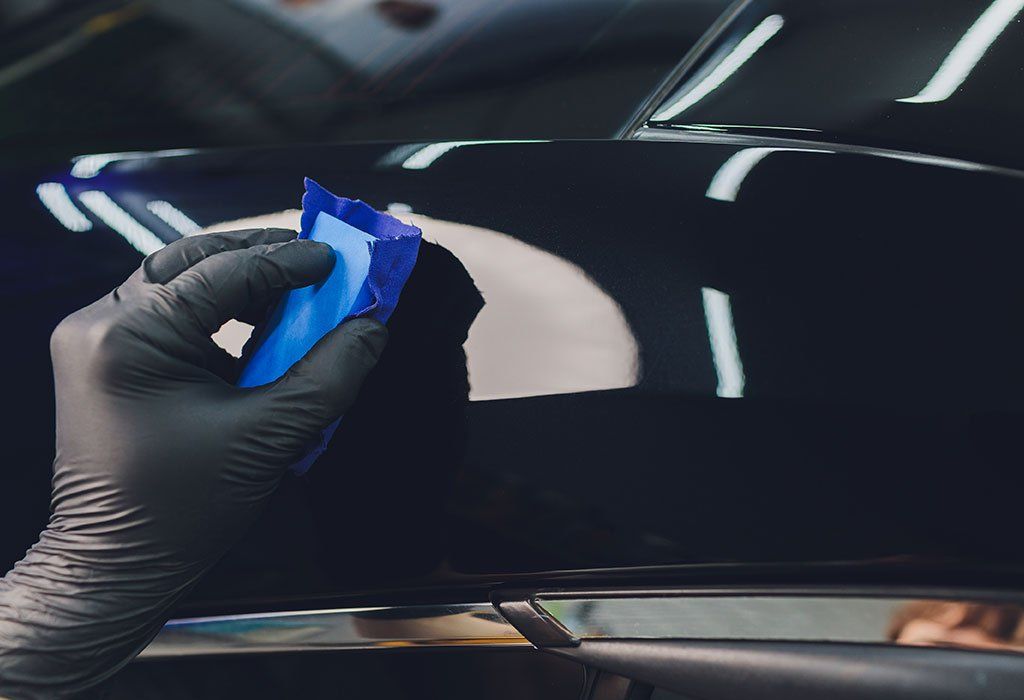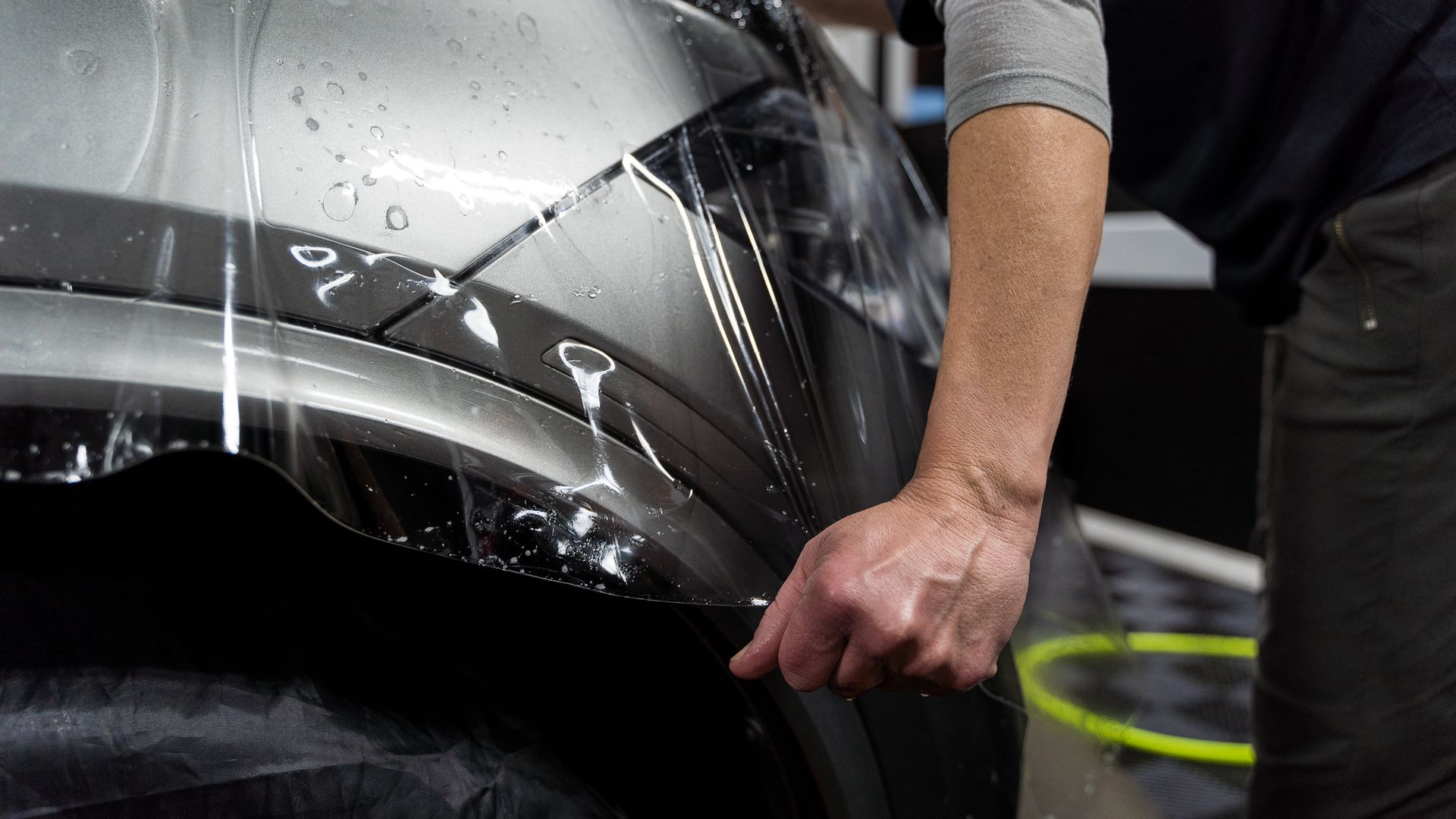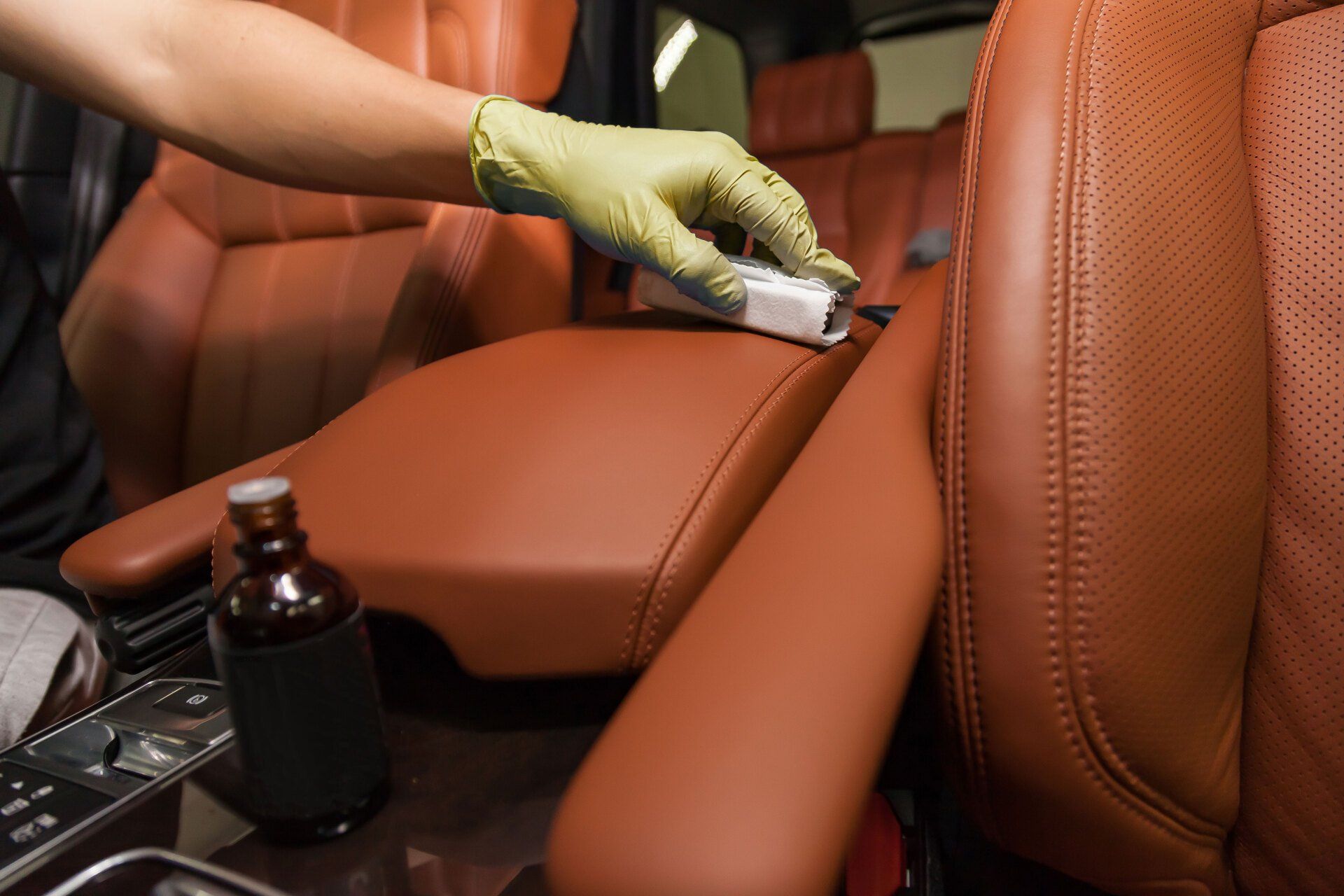Ceramic Coating Durability: How Long Does It Last and How to Extend Its Lifespan
CALL (503) 444-7415
Every car enthusiast knows the sinking feeling when their pride and joy starts losing its showroom shine. Ceramic coating offers an appealing solution, boasting protection against environmental contaminants, UV rays, and chemicals. But how long does it really last? To fully understand this, we need to examine several key factors—from the quality of the coating itself to the environment your car faces daily. The journey doesn't stop at just applying a high-grade product; proper maintenance is crucial.
A quality ceramic coating can typically last up to 5 years, providing enduring resistance against environmental elements, chemical stains, and UV damage. It's essential to consider the quality and type of coating chosen, professional application services, and regular maintenance to maximize its lifespan.
Factors Affecting Ceramic Coating Durability
When it comes to understanding how long a ceramic coating lasts, several crucial factors play a significant role in determining its durability and resilience. Let's explore each of these factors in detail.
- Quality of the Coating: The quality of the ceramic coating is foundational to its durability and long-term performance. Higher-quality coatings are meticulously formulated to provide superior protection and longevity. These coatings are engineered using top-grade materials that offer enhanced resistance against environmental elements, chemical stains, and UV damage. The robust composition of high-quality coatings equips them to withstand prolonged exposure to harsh conditions, ensuring lasting protection for your vehicle's paintwork. In essence, investing in a premium ceramic coating ensures that your vehicle receives the best possible shield against external aggressors, maximizing its durability and maintaining a flawless appearance for an extended period.
- Type of Coating: The specific type of ceramic coating you choose greatly influences its protective capabilities and overall longevity. Different coatings offer varied levels of defense against chemical etching and environmental hazards based on their unique formulations and characteristics. For instance, coatings with 9H hardness ratings are renowned for their exceptional environmental damage resistance, providing a robust shield against surface damage. Selecting a coating that aligns with your individual requirements is crucial in ensuring optimal protection for your vehicle. By carefully assessing the attributes and protective features of different ceramic coatings, you can make an informed decision that caters to your specific needs and usage conditions.
- Application Process: The manner in which a ceramic coating is applied significantly impacts its durability and efficacy in safeguarding your vehicle's surface. Professional application services ensure meticulous attention to detail and expertise in coating application, leading to more thorough and effective coverage. The professional application process maximizes the bonding and adhesion of the coating to the vehicle's paintwork, resulting in a longer-lasting protective layer with superior resistance against environmental stressors. Think of it as hiring an experienced artist to create a masterpiece on canvas as opposed to attempting it yourself. While DIY projects can yield satisfactory results, the precision and skill offered by professional application services elevate the durability and overall performance of the ceramic coating.
- Surface Preparation: Proper surface preparation serves as the cornerstone for ensuring the longevity and effectiveness of a ceramic coating. Thorough cleaning and decontamination of the vehicle's surface are imperative steps that pave the way for optimal bonding between the coating and the paintwork. By eliminating contaminants and imperfections from the surface, proper preparation establishes a conducive environment for the coating to form a strong molecular bond with the paint substrate.
Understanding these influential factors equips you with valuable insights into maximizing the durability of ceramic coatings on your vehicle. Each element plays a pivotal role in fortifying the protective capabilities of the coating and preserving the integrity of your vehicle's exterior finish over an extended period.
Environmental Impact on Coating Longevity
Environmental elements such as UV exposure, chemical imbalance, weather conditions, and road conditions can significantly impact the lifespan of your ceramic coating. Understanding these factors will help you take proactive measures to extend the durability of your coating and maintain its pristine appearance for as long as possible.
UV Exposure
UV rays can be particularly harsh on ceramic coatings, causing them to break down over time. Prolonged exposure to UV radiation can lead to a dull appearance and reduce the hydrophobic properties of the coating. Using a specifically formulated UV protective coating can provide an additional layer of defense against UV damage, absorbing and dispersing harmful UV radiation before it reaches the ceramic coating underneath.
Chemical Imbalance
Areas with high pollution levels or acid rain pose a risk to ceramic coatings. Pollutants can settle on your vehicle's surface and erode the protective ceramic layer. Regularly washing off these pollutants using gentle, pH-neutral car shampoos is essential to prevent them from compromising the integrity of the coating.
Weather Conditions
Frequent exposure to extreme weather conditions like snow, heavy rain, or intense sunlight can speed up wear and tear on ceramic coatings. One effective way to shield the coating from adverse effects is by garaging your vehicle whenever possible, creating a protective barrier against harsh weather conditions and prolonging the life of the ceramic coating.
Road Conditions
Driving on gravel roads or salted highways exposes your vehicle and its protective coating to additional contaminants and abrasives. Frequent washing of your vehicle is crucial in removing these contaminants and preventing them from abrading the protective ceramic layer.
Understanding how environmental factors influence ceramic coating longevity empowers you to take proactive steps in preserving and extending its durability. By implementing appropriate protective measures and maintenance routines, you ensure that your ceramic coating continues to provide enduring resistance against environmental elements and maintains its aesthetic appeal for years to come.
Maintenance Tips for Extending Lifespan
Maintaining your car's ceramic coating is akin to caring for a valuable piece of art; regular upkeep ensures its longevity and beauty. Achievement of this goal requires adopting a consistent maintenance routine that pays attention to small details.
- Regular Washing: First and foremost, regular washing is essential. Picture your ceramic coating as a shield, and dirt, grime, and pollutants as the invaders trying to breach it. Washing your car every two weeks using a gentle, pH-neutral car shampoo designed for ceramic coatings not only keeps it looking spotless but also maintains its hydrophobic properties, which are responsible for repelling water and maintaining that glossy finish. You might be wondering, “Why do I need a special shampoo for my car?” Well, ordinary shampoos might contain harsh chemicals and detergents that can compromise the protective layer of the ceramic coating. This specialized shampoo is gentler and works in harmony with the coating to keep it functioning at its best.
- Avoid Automation: Now, about automatic car washes—while they offer convenience, they may not be the best for your ceramic coating. Harsh brushes used in automatic car washes can abrade and wear down the coating over time. Opting for touchless or hand washes instead is a safer choice to preserve the integrity of the coating. Imagine this: Your ceramic coating is like a beautiful painting hanging in an art museum. You wouldn’t want anyone scrubbing it with a rough brush, right? Hand washes are more gentle and give you precise control over what touches your car's surface.
- Use Specialized Products: Just like how you use moisturizers or serums to maintain healthy skin, maintenance sprays or toppers specifically formulated for ceramic coatings can replenish the protective layer and keep your car looking spectacular. These products act as supplements for your coating, providing an extra layer of protection and rejuvenating its hydrophobic properties.
- Annual Inspections: Lastly, conducting annual inspections and professional check-ups is crucial to detecting areas needing touch-ups early on. This proactive approach allows you to address any potential issues before they develop into larger problems that could compromise the integrity of the coating. Imagine going for your yearly check-up at the doctor's—it’s about catching any issues before they become serious. Similarly, an annual inspection for your ceramic coating helps you catch any weak spots before they become bigger headaches down the road. It's all about preventive maintenance!
Professional vs. DIY Application
When it comes to applying ceramic coating to your car, you have two main options: professional application or doing it yourself with a DIY kit. Each has its own pros and cons, so it's important to weigh them carefully before making a decision.
Let's start with professional application. This option involves hiring a trained technician to apply the ceramic coating. One significant advantage of professional application is the expertise of the technician. These professionals have the experience and knowledge to ensure the coating is applied correctly in a controlled environment, reducing the risk of errors. Additionally, professionally applied coatings often come with warranties of up to 10 years, providing peace of mind that the coating will last for an extended period. Professionals ensure proper application in controlled environments, reducing the risk of errors. Moreover, professional application offers consistency and uniformity as the technicians are equipped with the necessary tools and facilities to carry out the process effectively. This can result in more even and comprehensive coverage across your vehicle, ensuring optimum protection.
On the other hand, if you prefer a more hands-on approach, you might consider DIY application. DIY ceramic coating kits are designed to be more affordable and convenient for car enthusiasts who want to tackle the application process themselves. However, it's essential to note that while DIY kits can be cost-effective, they might not offer the same level of durability as professionally applied coatings. Often, proper preparation and correct application are crucial to achieving acceptable results when using a DIY kit. This requires careful attention to detail during the prep work, including thorough cleaning and surface decontamination to ensure the coating bonds effectively. It's also important to recognize that without professional expertise, there is an increased risk of errors during DIY application. Factors such as inconsistent coverage and inadequate curing may impact the overall effectiveness and longevity of the ceramic coating.
Now let's talk about cost considerations. While professional services can be more expensive upfront, they may offer better value over time due to the enhanced durability and reduced need for frequent reapplications. This is especially relevant when considering the longer lifespan associated with professionally applied coatings. Additionally, the warranty provided by professional applicators can provide added financial security by covering any unforeseen issues or defects that may arise following application. Considering these factors is vital when deciding between professional or DIY application, as they directly impact both the durability and cost-effectiveness of the ceramic coating used on your vehicle.
Signs Your Coating Needs Attention
A quality ceramic coating is designed to endure, but even the toughest coatings can display signs of wear over time. Here are some key indicators to keep an eye out for:
- Decreased Hydrophobicity: One of the most noticeable benefits of a ceramic coating is its hydrophobic properties. These properties repel water and make washing your car a breeze. If you notice that water no longer beads up on the surface but instead spreads out in sheets, it could be a sign that the hydrophobic properties are diminishing. This means that environmental contaminants and water spots are more likely to stick, reducing the protective layer's effectiveness. It’s important to note: While a decrease in hydrophobicity might be a sign that your coating is losing its potency, it doesn't always mean your coating has completely failed. There may also be external factors at play, such as exposure to harsh environmental conditions or improper maintenance; therefore, assessing these factors before drawing conclusions about the state of your coating is crucial.
- Visual Wear and Tear: Scratches, swirl marks, or a general dullness in the appearance of your vehicle’s coating are clear indications that the protective layer is wearing off. Over time and with exposure to the elements, the once glossy and lustrous finish may become lackluster as the coating weakens. Any visible damage or abrasions should prompt serious consideration of reapplication or professional inspection to determine if any touch-ups are needed. Bear in mind that while proper application methods can enhance the durability of a ceramic coating, inevitable wear and tear will occur due to regular use and exposure to environmental elements. Visual inspection should be a regular practice to address potential issues promptly.
- Cleaning Difficulty: The ease of cleaning is one of the defining features of a ceramic coating. However, if you find that dirt, grime, or other contaminants don’t wash off as easily as they used to, it is likely that your coating isn’t performing as well as it should. This increased difficulty in cleaning is a strong indicator that it's time for maintenance or potentially reapplication of the ceramic coating.
These signs collectively point towards potential deterioration in your ceramic coating's performance and effectiveness. Regular visual inspections of your vehicle following the initial application of ceramic coating can assist in early detection of these warning signs, allowing for timely intervention and proper maintenance. Knowing when to address these signs can significantly impact both aesthetics and long-term protection for your vehicle. Periodic professional check-ups ensure early detection of any areas needing attention or touch-ups. With these signals in mind, it’s possible to take proactive measures to maintain and extend the lifespan of your ceramic coating, preserving its protective qualities and ensuring long-lasting durability.
How Long Can You Expect It to Last?
When it comes to ceramic coatings, their lifespan varies based on a few key factors. Typically, a well-applied ceramic coating will last anywhere from 2 to 5 years, with some high-quality coatings even boasting a decade of protection. However, it's essential to understand the influencing factors that can impact the durability of your ceramic coating.
The longevity of a ceramic coating is influenced by various factors. First, the quality of the product itself plays a crucial role. Higher-quality ceramic coatings usually have a longer lifespan due to their advanced chemical composition and properties that make them more resistant to environmental elements. Second, the thoroughness of the application process is paramount in determining how well the coating adheres to the surface of your vehicle.
Additionally, environmental conditions such as exposure to extreme weather, UV rays, and pollutants can all affect the lifespan of a ceramic coating. Lastly, maintenance is a significant factor; regular and proper maintenance can significantly extend the life of the ceramic coating. By committing to biweekly washes and annual professional check-ups, the longevity of this coating is maximized.
It's important for users to recognize that these factors play a fundamental role in ensuring that they get the most out of their investment in a ceramic coating. By prioritizing these influencing factors, individuals can effectively extend the lifespan and effectiveness of their ceramic coating. Understanding these factors is pivotal in setting realistic expectations for your ceramic coating and implementing measures to prolong its durability and protective properties. A comprehensive understanding of the factors affecting the durability of ceramic coatings equips you with the knowledge to make informed decisions about maintaining and maximizing the effectiveness of your investment.
Top Ceramic Coating Installers in Beaverton, OR
Ensure your vehicle receives top-notch protection with Portland Pro Detail, your premier ceramic coating installers in Beaverton, OR. Our skilled team is dedicated to applying high-quality ceramic coatings that shield your car from the elements and maintain its pristine condition. Experience superior durability and shine with our professional service. Contact us today to schedule your appointment and give your vehicle the exceptional care it deserves. Call us at (503) 444-7415 to get started!
Portland Pro Detail Blog
